Australia's economy slows to a crawl, consumer spending surprisingly weak
Annual GDP growth stood at 2.1 per cent, little changed from the previous quarter, the data from the Australian Bureau of Statistics showed on Wednesday.
)
Australia's economy barely grew in the third quarter as exports flagged and households - reeling from a surge in mortgage payments - were reluctant to spend, suggesting rate hikes were working to restrain demand.
Marking an eighth straight quarter of growth, albeit its slowest in a year, real gross domestic product (GDP) inched 0.2 per cent higher in July-September from the previous quarter. That was short of forecasts of 0.4 per cent and a result that bolsters the case for the Reserve Bank of Australia to no longer need to tighten.
Annual GDP growth stood at 2.1 per cent, little changed from the previous quarter, the data from the Australian Bureau of Statistics showed on Wednesday.
"Australia's economy hit the wall in the September quarter," said Andrew Hanlan, an economist at Westpac, adding it was surprising to see just how weak consumer spending was during the quarter.
"The intense headwinds of high inflation, sharply higher interest and additional tax obligations are having a significant impact, leading to a sharp decline in real household disposable income."
Indeed household spending was flat quarter on quarter and has barely grown for four quarters in a row, its worst stretch since the global financial crisis.
Income payable jumped by 28 per cent from a year ago, the biggest increase in almost 50 years and the household savings ratio dropped further to 1.1 per cent, its lowest level since 2007.
The slowdown is seen as a necessary consequence of monetary tightening by the Reserve Bank of Australia so that inflation can be tamed back to its 2-3 per cent target range. Inflation was 4.9 per cent in October.
The central bank on Tuesday opted to stand pat to allow more time to assess the impact of a whopping 425 basis points jump in interest rates since May last year.
Markets now figure that the RBA doesn't have to hike any further, given the dovish turn from the Federal Reserve and European Central Bank in recent weeks, with aggressive rate cuts priced in for next year.
"The low level of the savings rate suggests that consumers may soon feel inclined to tighten their belts... We were sticking to our forecast that it (the RBA) will lower interest rates in the second quarter of next year, earlier than most anticipate," said Marcel Thieliant, a senior economist at Capital Economics.
Net exports subtracted 0.6 percentage points from gross domestic product as prices for some commodity exports fell.
Productivity - in the measure of output per hour worked - increased 0.9 per cent in the quarter after four straight quarters of declines. RBA's forecasts of inflation returning to its 2 per cent-3 per cent target in late 2025 hinge on a pickup in productivity.
Get Latest Business News, Stock Market Updates and Videos; Check your tax outgo through Income Tax Calculator and save money through our Personal Finance coverage. Check Business Breaking News Live on Zee Business Twitter and Facebook. Subscribe on YouTube.
RECOMMENDED STORIES
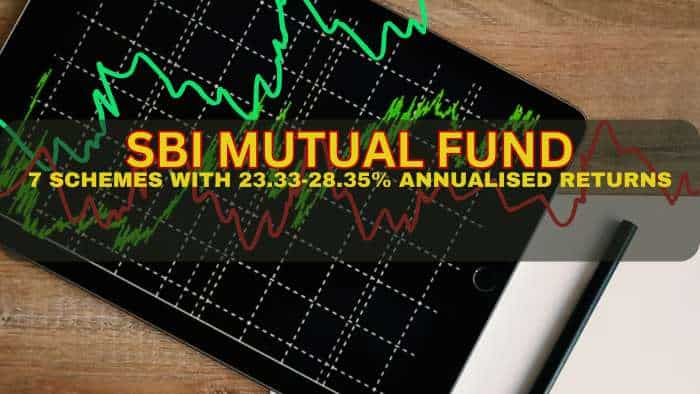
Top 7 SBI Mutual Fund MFs by One-time Investment Return: Rs 1 lakh has grown to Rs 2.85 lakh-3.48 lakh in 5 years; see list, compare SIP returns
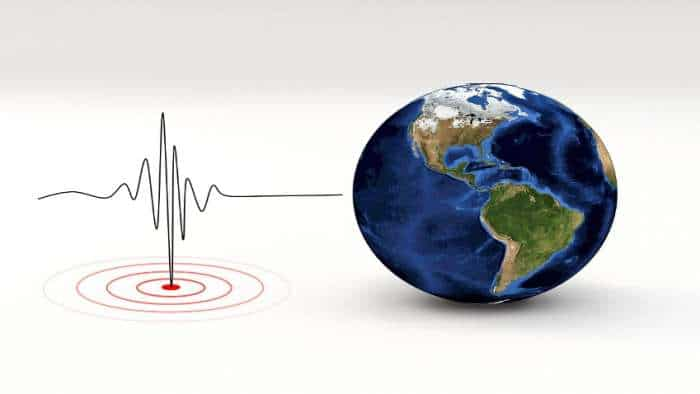
Delhi-NCR Earthquake Latest News: Quake of 4.0 Richter Scale jolts National Capital in morning hours; people rushed out of their homes after feeling strong tremors

Monthly Pension Calculations: Is your basic pension Rs 25,000, Rs 35,000, or Rs 50,000? Know what can be your total pension as per latest DR rates

Dearness Allowance (DA) Calculations: Is your basic monthly salary Rs 25,500, Rs 35,400, or Rs 53,100? Know how much DA will you get at different rates
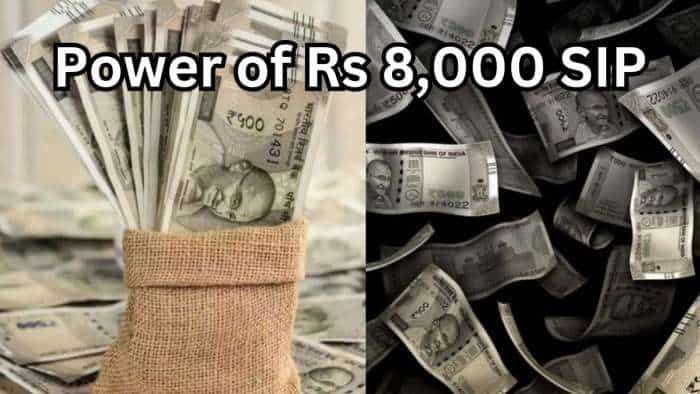
Power of Rs 8,000 SIP: In how many years you can build Rs 9 crore corpus with just Rs 8,000 monthly investment
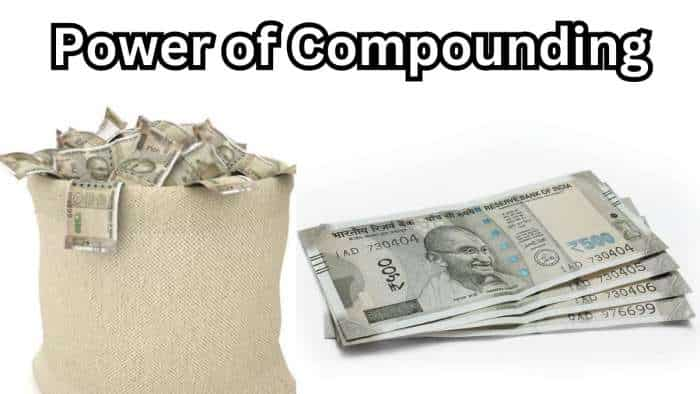
Power of Compounding: How long it will take to build Rs 8 crore corpus with Rs 7,000, Rs 11,000 and Rs 16,000 monthly investments
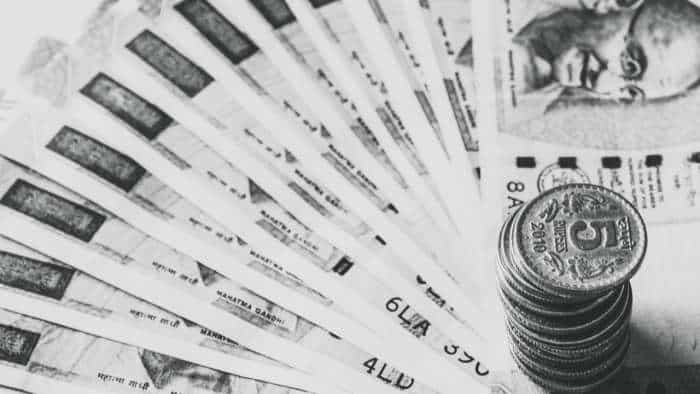
8th Pay Commission: Can basic pension cross Rs 3 lakh mark in new pay commission? See calculations to know its possibility?
10:38 AM IST






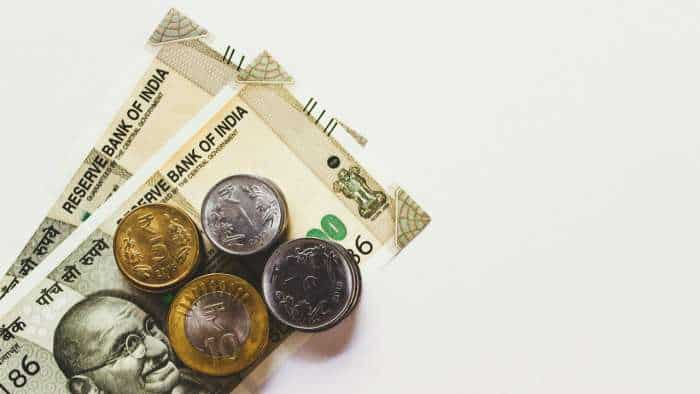
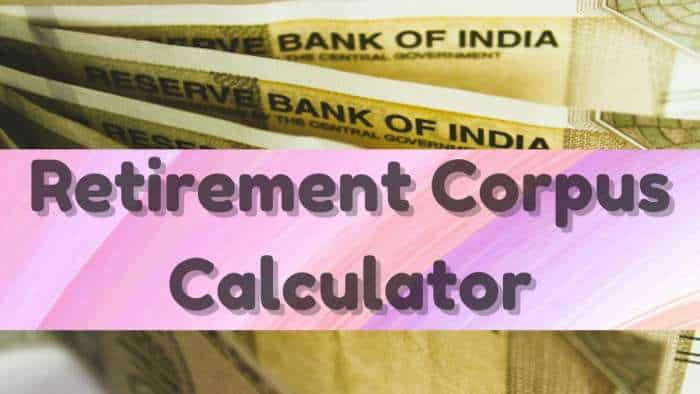
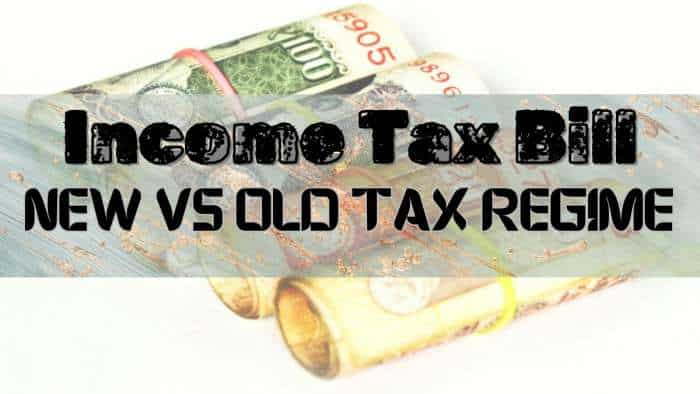
 Australia Q3 inflation surprisingly strong, adds to rate hike risk
Australia Q3 inflation surprisingly strong, adds to rate hike risk Australia's annual economic growth slows to 2.1% in June quarter
Australia's annual economic growth slows to 2.1% in June quarter